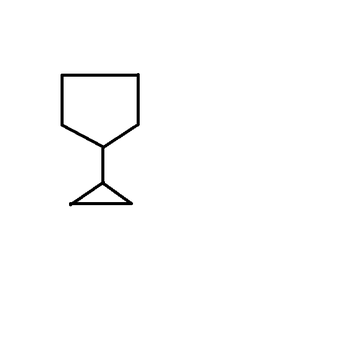Question #d2a0e
2 Answers
See below
Explanation:
Simplifying further
Simplifying further
See explanation.
Explanation:
The part in the brackets is what is used in that construction at designated points.
Suppose we have
Suppose we have
~~~~~~~~~~~~~~~~~~~~~~~~~~~~~~~~~~~~~~~~~~~~~~~~~~~
Note that
.....................................................................................................
Note that


